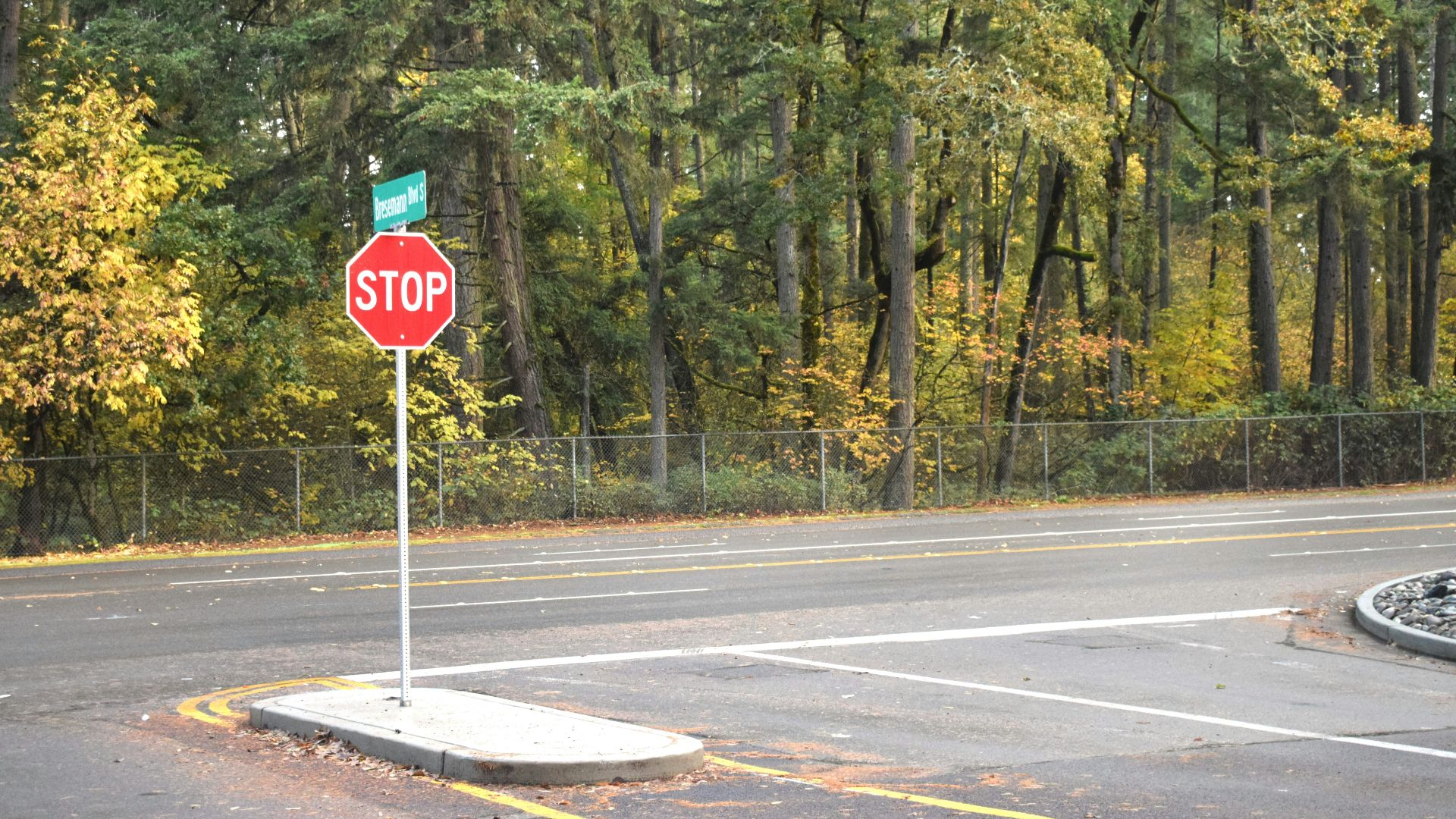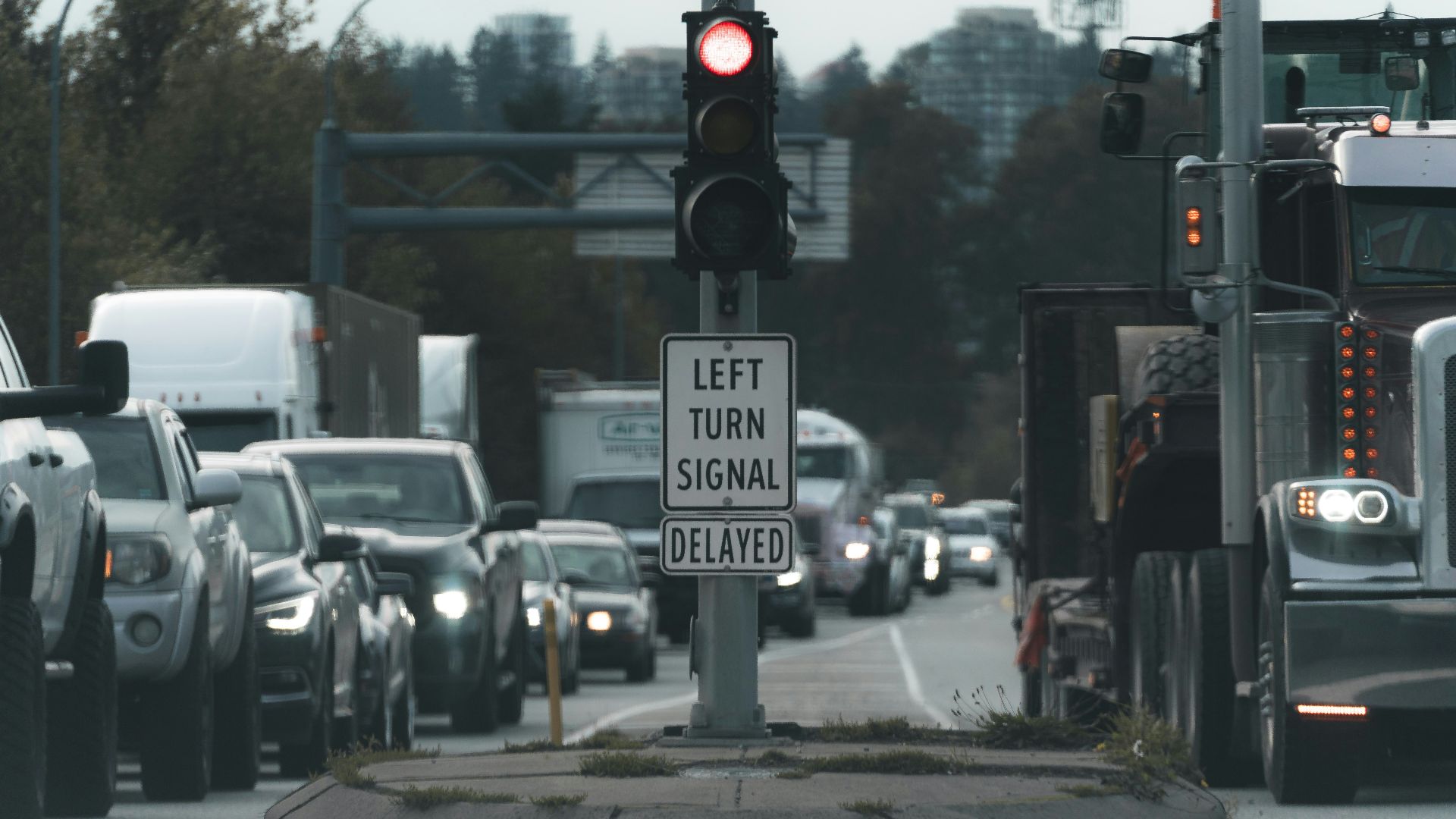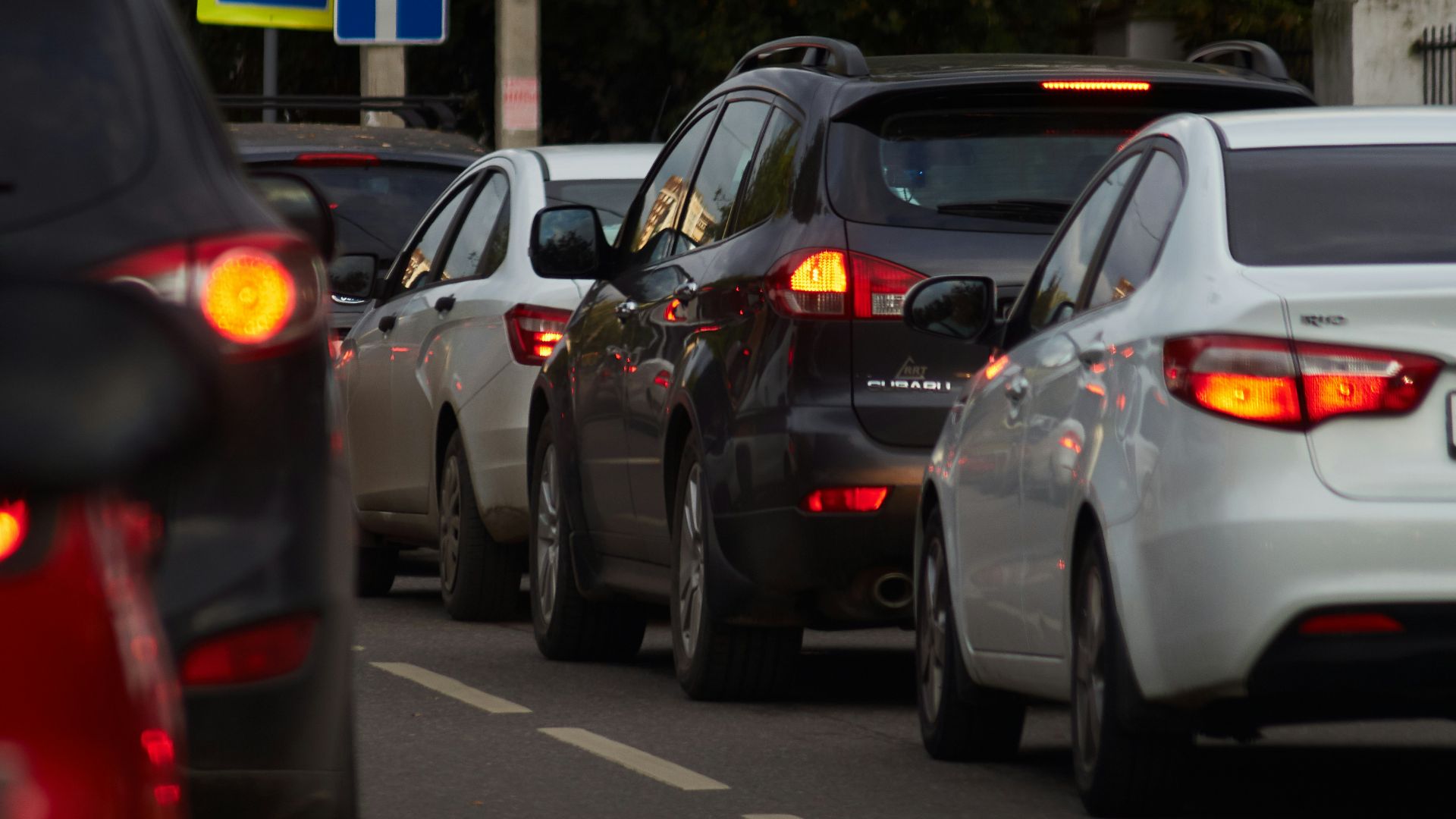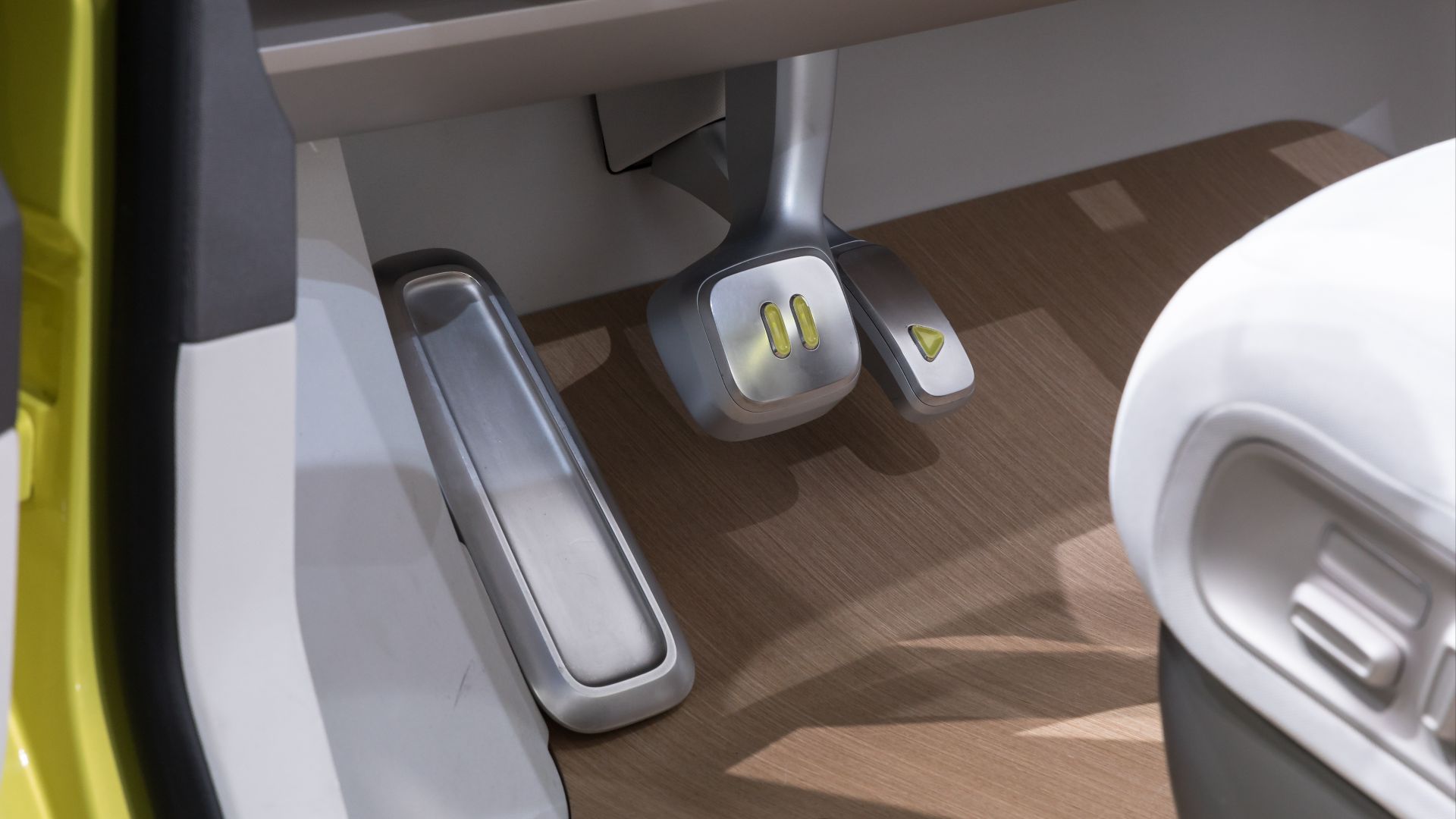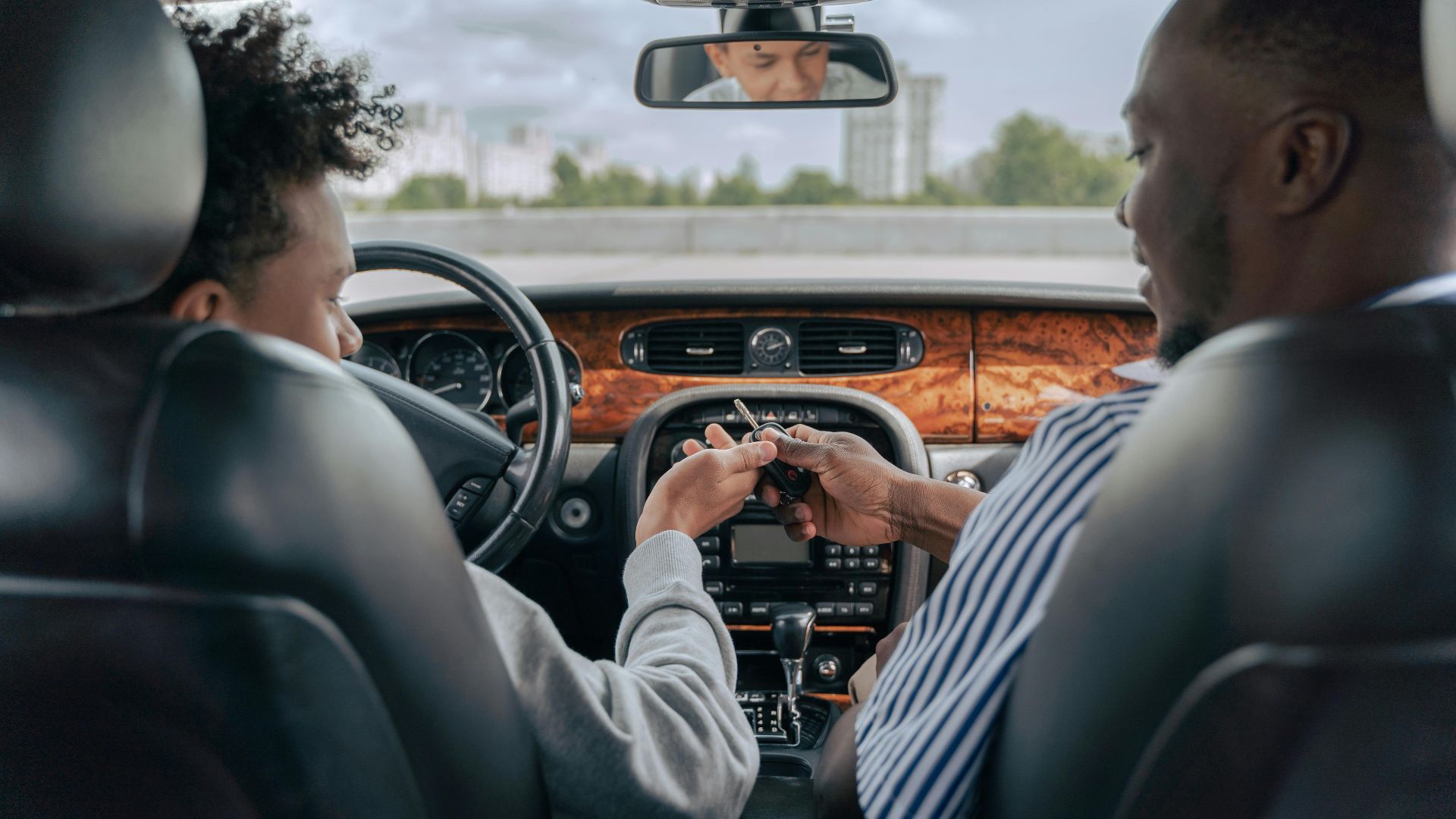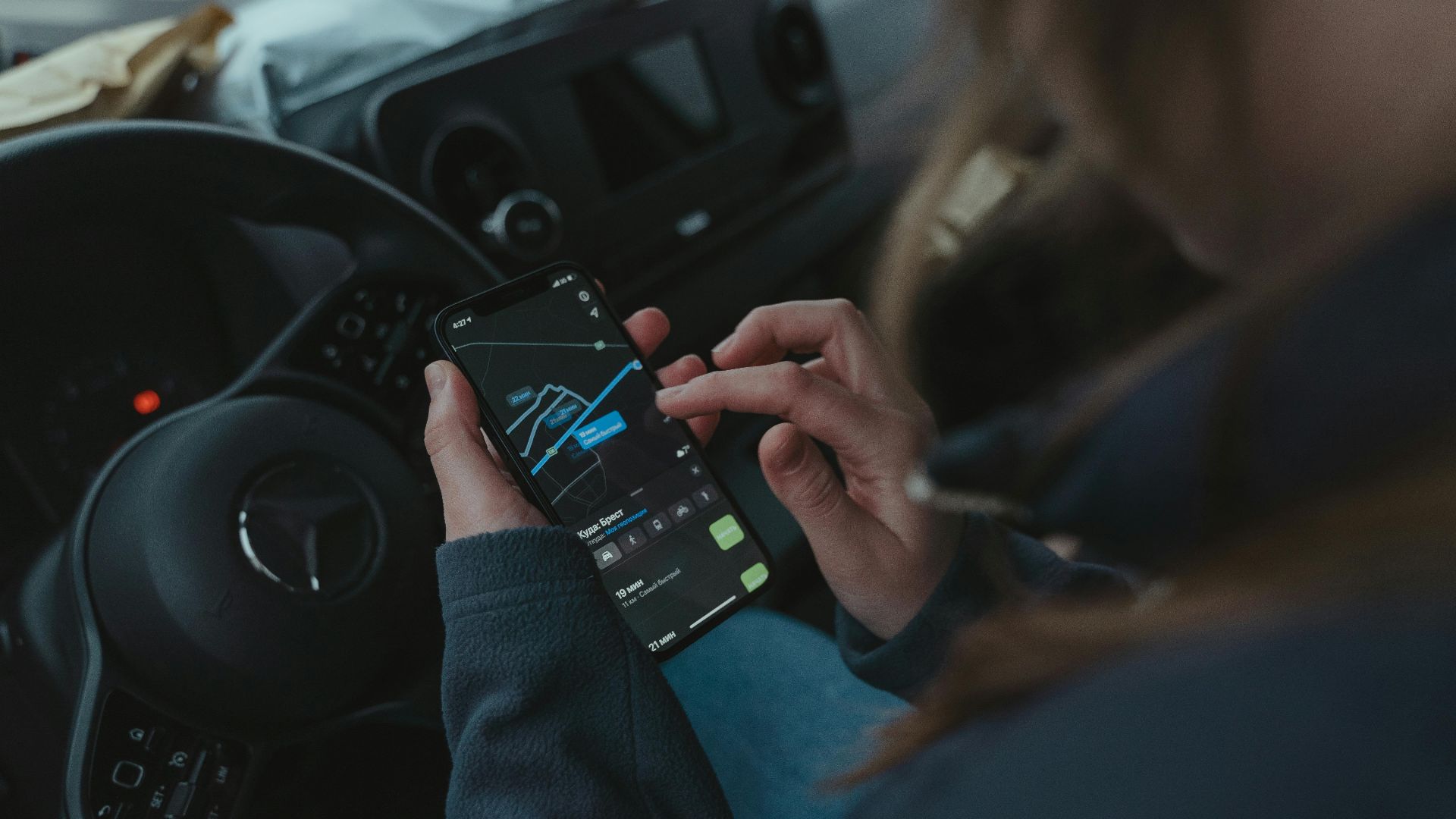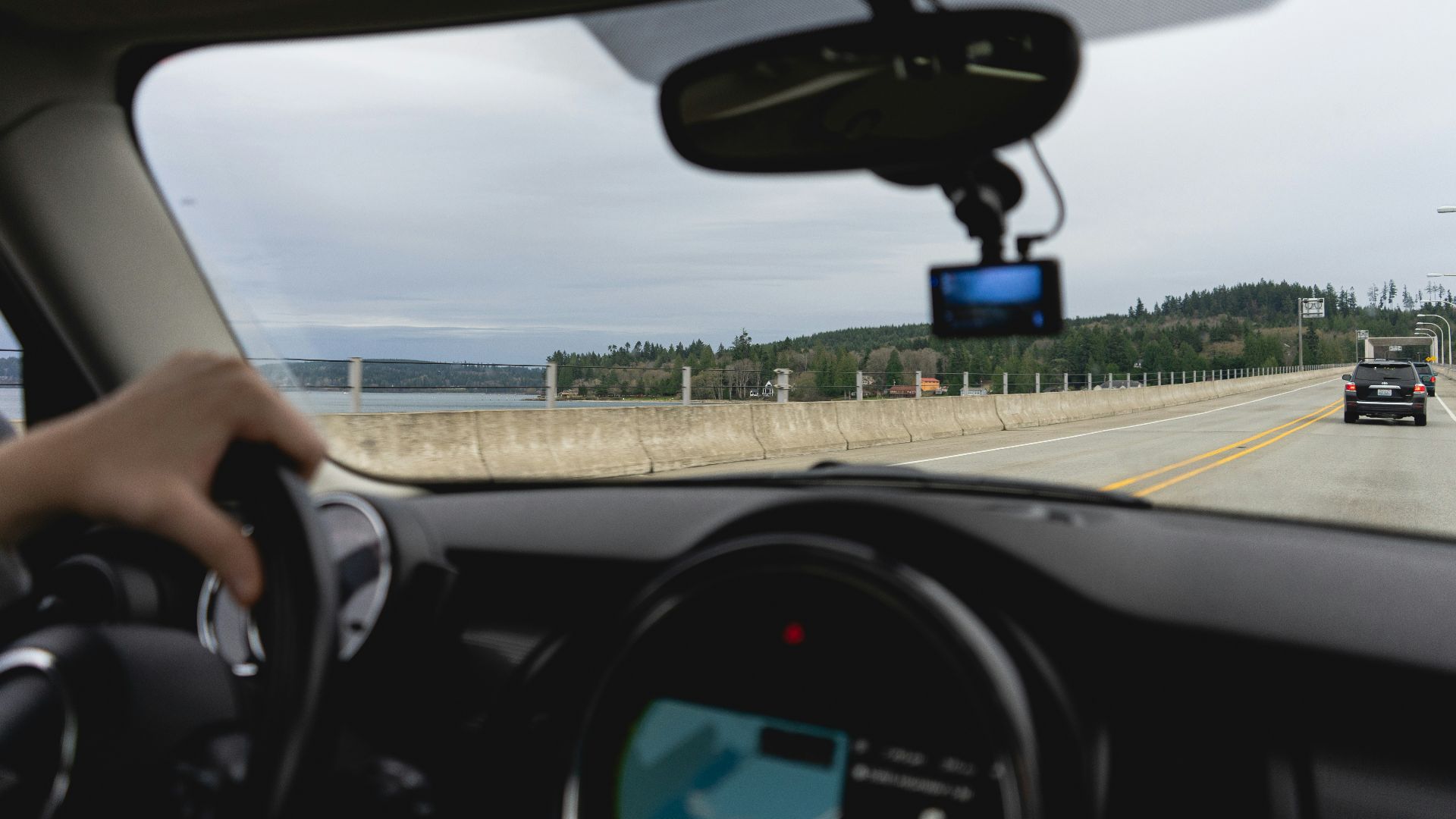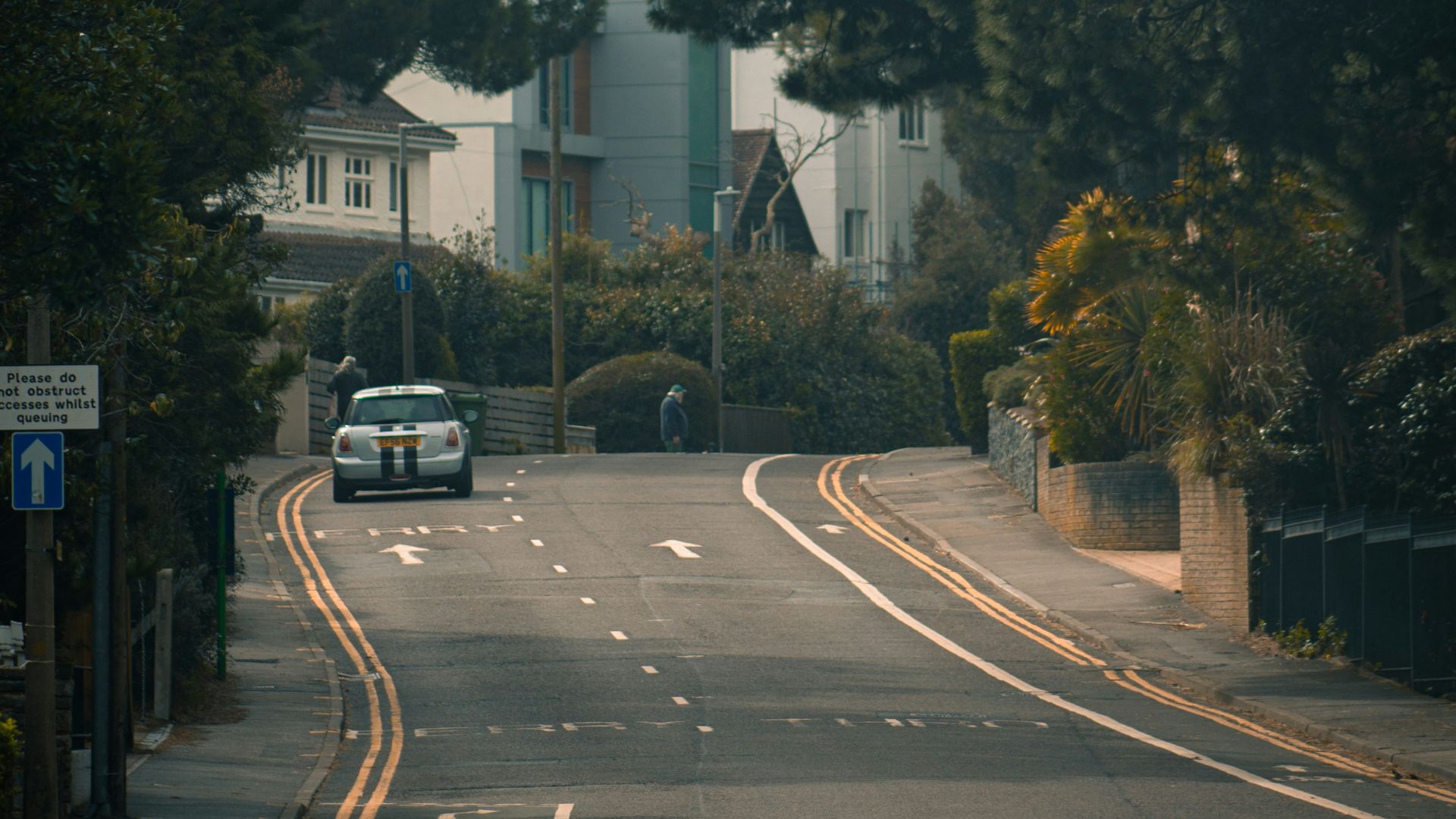Help For Crushing That Test
The pressure of a driving test can turn even confident drivers into bundles of nerves, and this can affect how you perform. But with the right preparation, you can turn those nerves into smooth moves on the road and avoid common mistakes people make. Before we tip you on how to prep, let’s take a look at some of the most common mistakes people make during their driving test.
1. Failing To Check Mirrors Frequently
You don’t want to miss a car sneaking up into your blind spot! It’s easy to get so focused on the road ahead that you forget what’s happening behind. Examiners expect frequent mirror checks to confirm your full awareness of surroundings while driving.
2. Ignoring Speed Limit Signs
Maintaining the right speed is a balancing act—too slow and you cause delays, too fast and you risk penalties. To make things trickier, many testing routes include sudden speed limit changes to see if you're alert and responsive.
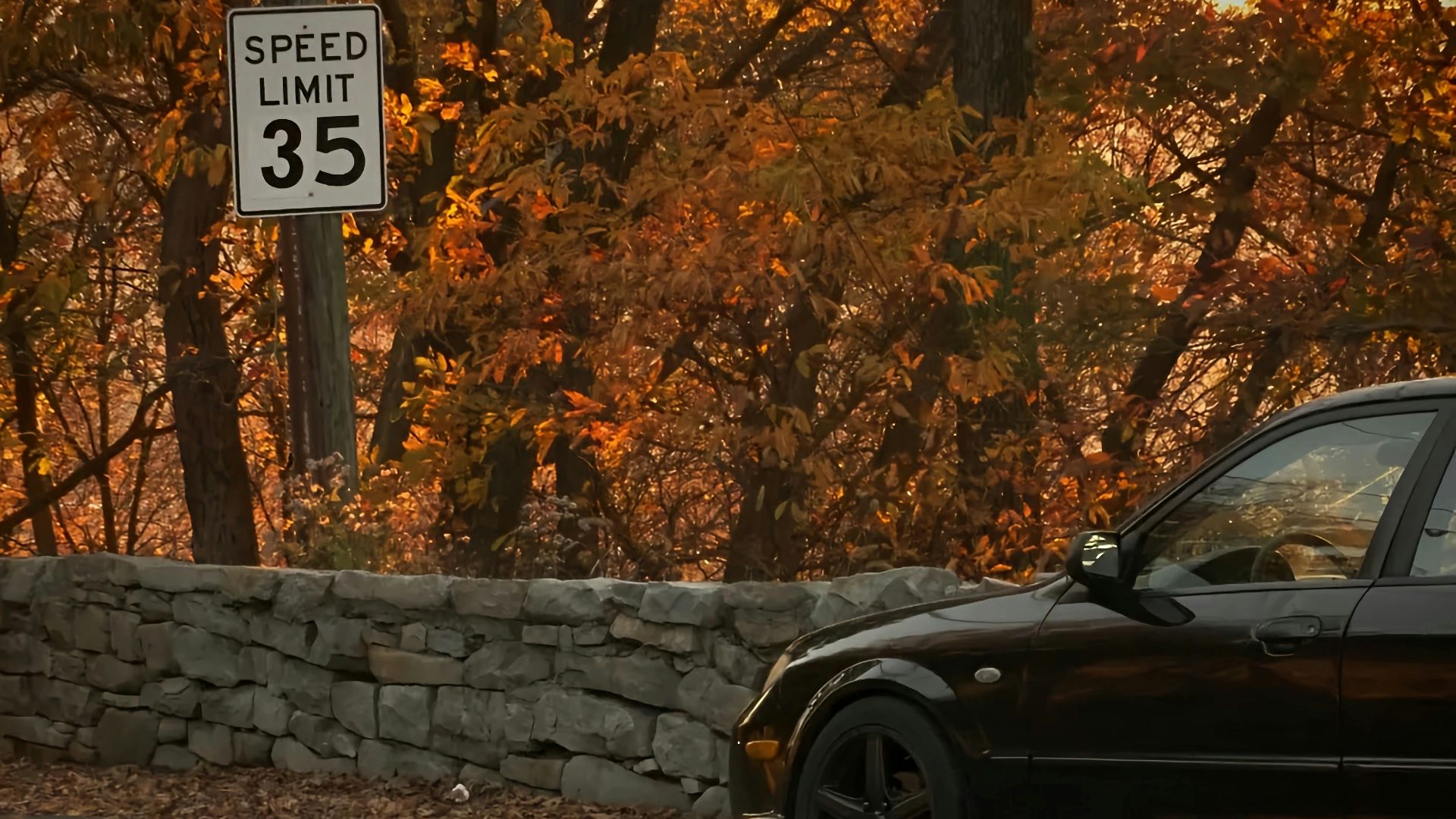 Photogon (Warren Valentine) on Unsplash
Photogon (Warren Valentine) on Unsplash
3. Rolling Through Stop Signs
A rolling stop might feel like you’re saving time, but on a driving test, it’s a surefire way to lose points. The car must come to a full stop. Examiners are hawk-eyed about this because it shows respect for traffic laws and pedestrian safety.
4. Inadequate Use Of Turn Signals
We all know that person who turns without a hint; that’s not the reputation you want during the test! Not using the turn signals is simply failing to communicate with other drivers and can cost you your license before you even get it.
5. Failure To Yield Right Of Way
You may want to play that awkward “who goes first” game at a four-way stop. On your test, getting it wrong is a guaranteed point deduction. Failing to yield in high-conflict zones like roundabouts shows a lack of judgment and awareness.
6. Poor Parking Technique
Parking — the final boss of many driving exams. Whether it’s parallel, angled, or reverse, poor technique here can cost you dearly. And the pressure’s real, particularly in places like Texas, where reverse-angle parking is part of the exam.
 Wiryan Tirtarahardja on Unsplash
Wiryan Tirtarahardja on Unsplash
7. Improper Following Distance
Too close or too far from the car ahead both signal a lack of control and can be dangerous. That’s why the 3-second rule exists—to help maintain a safe following distance. Don’t forget to add extra room when it’s raining.
8. Incomplete Stops At Crosswalks
It's all too easy to get focused on traffic lights and forget there might be a pedestrian waiting to cross. As a result, rolling past or stopping abruptly at a crosswalk breaks traffic law and will hurt your score.
9. Unstable Steering Control
A steering wheel design might just help you pass. Yes, it does, as it subtly affects comfort and precision. This matters because during the test, errors like overcorrecting or drifting signal to the examiner that you’re not fully in control.
10. Overusing Brakes
Braking shouldn’t be dramatic. Yet many learners slam the brakes in panic, especially when unsure. That jerky response signals poor judgment and rattles everyone in the car. Many U.S. test routes now include emergency stops to assess how you handle pressure.
Now that we’ve uncovered the potholes, let’s talk about how to steer clear of them. Up next: smart ways to prep.
1. Practice With A Licensed Instructor Weekly
If you want to pass the driving test on the first try, weekly sessions with a licensed instructor are essential. Think of them as your personal driving coach, someone who’s logged over 1,000 hours behind the wheel with learners just like you.
2. Use Apps That Simulate Real Test Routes
Driving tests can be stressful, but simulation apps make it easier by letting you rehearse real DMV routes. These smart tools mimic actual roads and common obstacles and help you build confidence before the big day.
3. Master Defensive Driving Habits Early
You might think driving is all about control, but it’s also about anticipation. Defensive driving is the art of staying a step ahead, spotting other drivers’ bad decisions before they become your problem. It’s a key scoring metric on most driving tests.
4. Rehearse The Entire Test With A Friend
Practicing the full test with a friend as your faux-examiner is a low-pressure way to boost your readiness. You get to mimic the real experience, and it exposes those sneaky weak spots you might not notice otherwise.
5. Take A Mock Test With A Timer
Half the battle of a driving test is managing nerves and time. That’s why mock tests with a timer are a must. Setting up a timed run forces you to think fast and move smoothly, all while sticking to the rules.
 Antoni Shkraba Studio on Pexels
Antoni Shkraba Studio on Pexels
6. Record Yourself Driving And Review
Mount a dash cam or use a phone to record your practice drives. You’ll catch those forgotten signal taps or sudden lane shifts that felt smoother in the moment. When you review the footage, you may also spot patterns.
7. Practice During Different Weather Conditions
Your examiner won’t cancel the test just because the sky’s moody, so neither should your prep. Training in rain, fog, or glare builds real-world confidence, further helping you adapt quickly and stay calm when conditions get tough.
8. Brush Up On Local Road Laws Weekly
You don’t want a little-known technicality to trip you up on test day! So, keeping up with local road rules is essential, especially since regulations are updated frequently. Make a habit of reviewing the latest driving test guidelines weekly.
9. Drive In Various Neighborhoods
Roads differ, and your examiner will make sure you find that out. Typically, DMV routes combine calm streets with hectic intersections to test your alertness. Practicing in unfamiliar areas builds adaptability and keeps you safer under pressure.
10. Study Past Failure Reports And Examiner Notes
Nobody wants to fail, but you can definitely learn from those who did. Past examiner notes and DMV failure reports are a goldmine of “what-not-to-dos.” Here, you’ll find common pitfalls that trip people up again and again.




